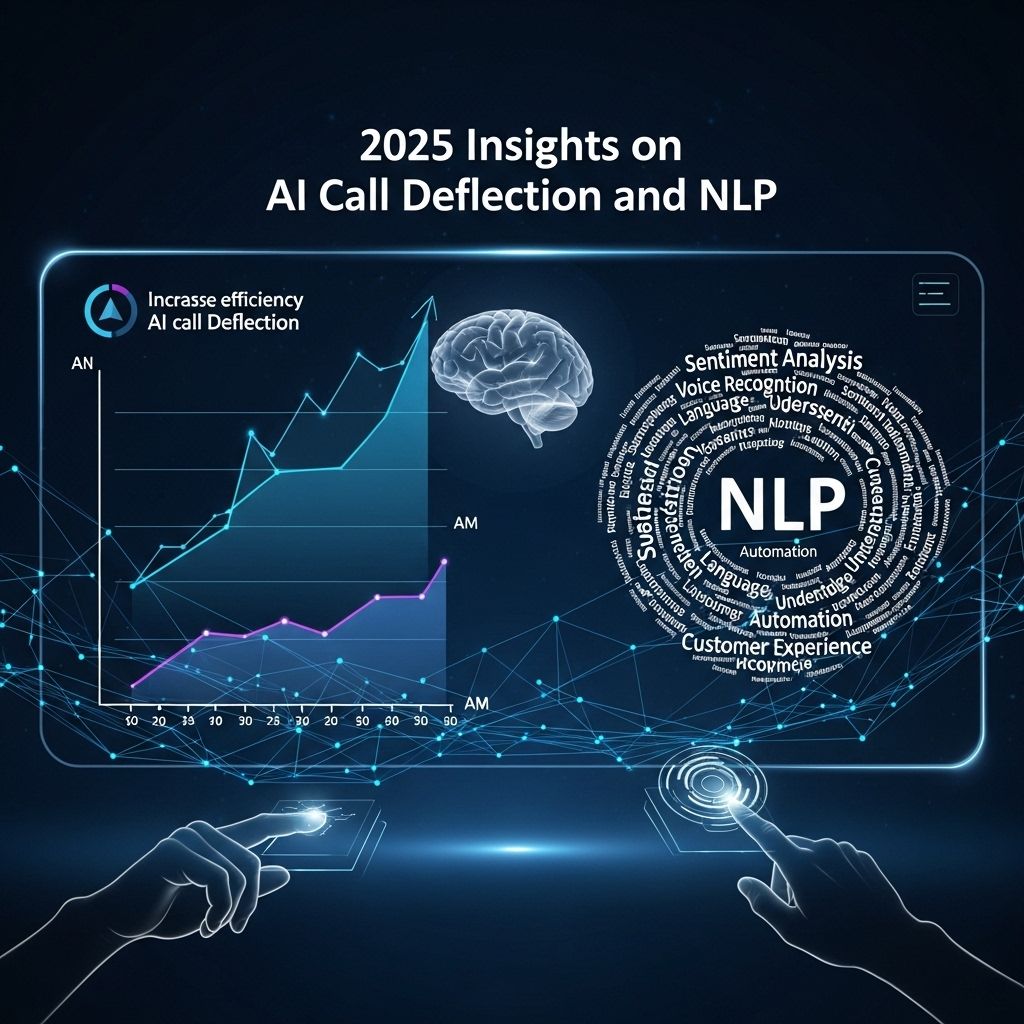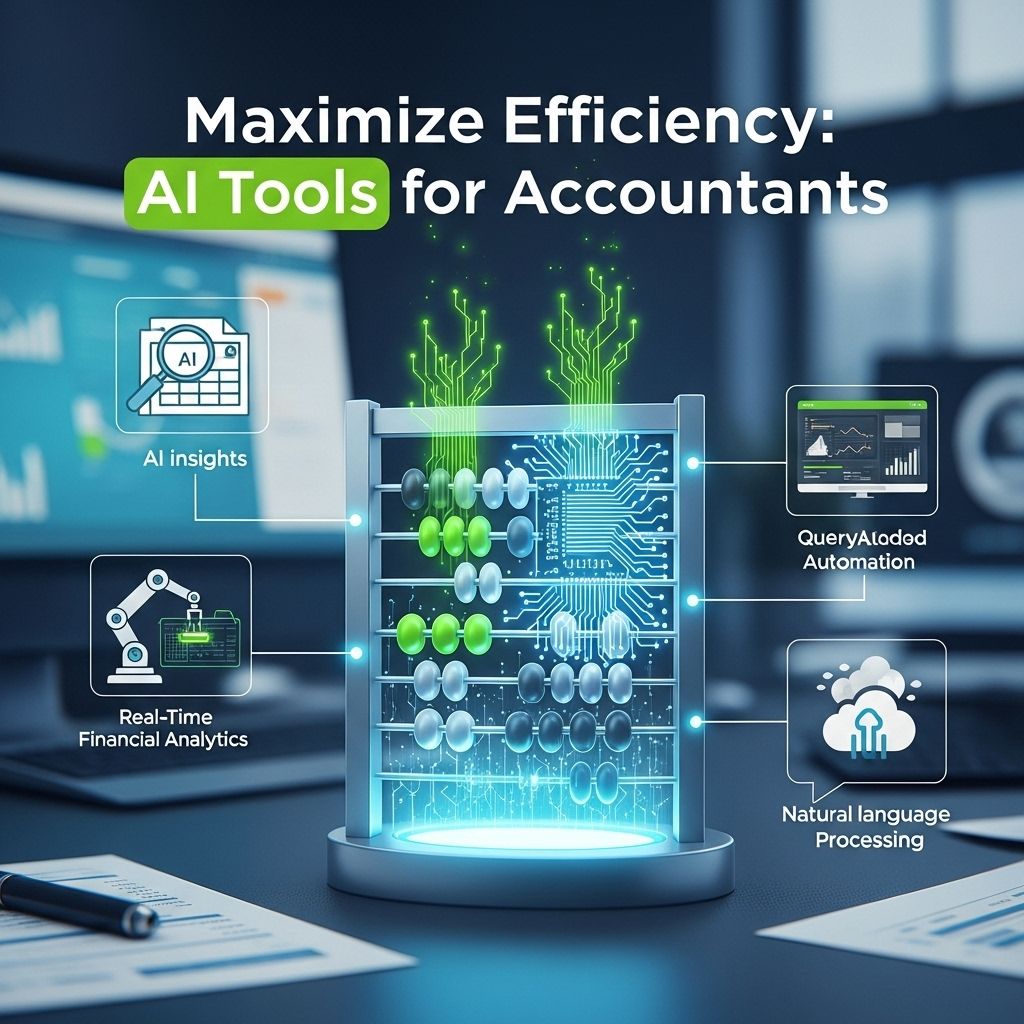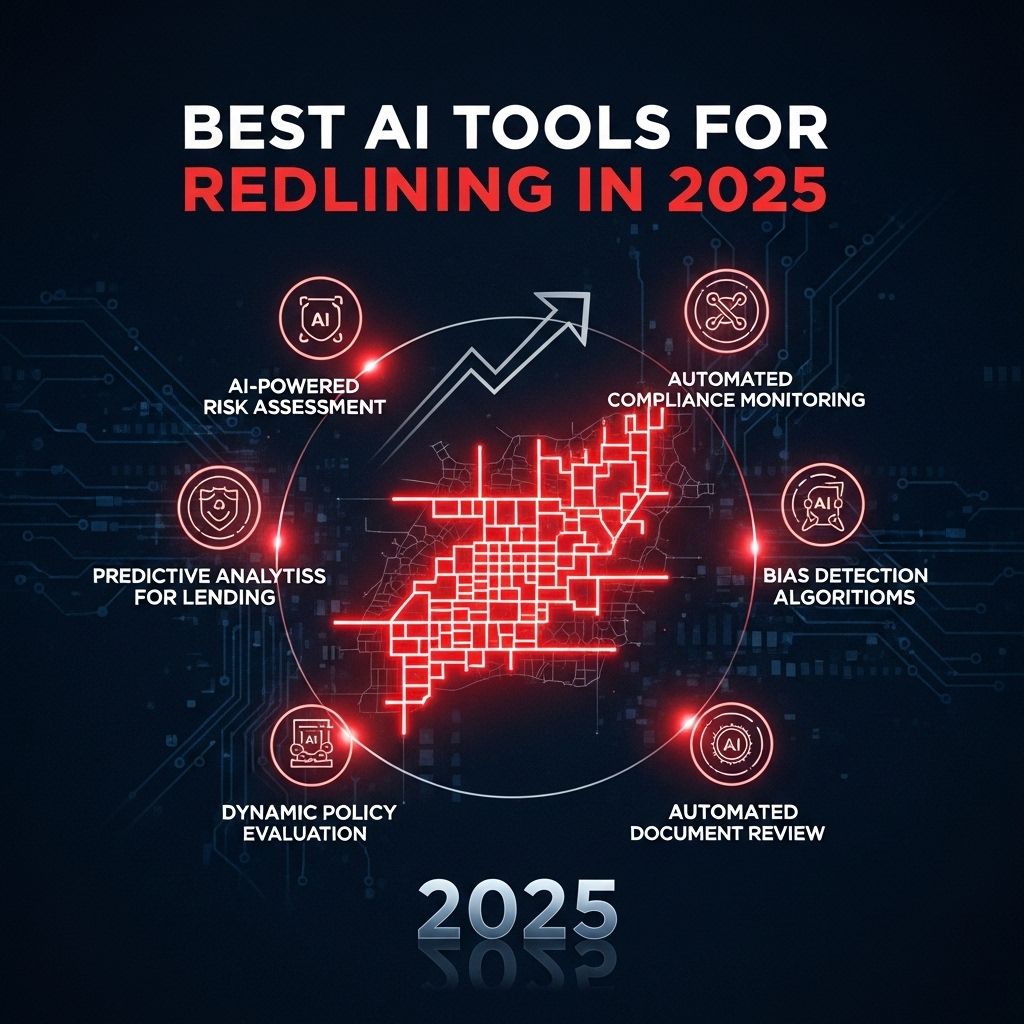Unlock Market Potential with AI Analysis Tools
Discover how AI analysis tools can unlock your market potential and drive business growth through data-driven insights.

In today’s fast-paced digital landscape, leveraging data effectively has become paramount for businesses aiming to stay competitive. Advanced AI analysis tools are revolutionizing the way organizations interpret market trends, analyze consumer behavior, and make strategic decisions. As companies increasingly rely on data-driven insights, understanding the capabilities and applications of these tools is essential for unlocking market potential.
Table of Contents
Understanding AI Analysis Tools
AI analysis tools encompass a range of software systems that utilize artificial intelligence algorithms to process and analyze vast amounts of data. These tools can identify patterns and trends that would be difficult for humans to discern, empowering businesses to make informed decisions based on data insights.
Key Features of AI Analysis Tools
- Data Processing: Capable of handling large datasets from various sources.
- Predictive Analytics: Utilize historical data to forecast future trends.
- Natural Language Processing: Analyze text data from social media, reviews, and more.
- Visualization: Convert data into visual formats for easier interpretation.
- Real-time Analysis: Provide updated insights as new data becomes available.
Applications of AI Analysis Tools
The versatility of AI analysis tools allows for numerous applications across various industries. Here are some prominent uses:
1. Market Research
AI tools can analyze consumer sentiment and preferences through data from social media, surveys, and reviews, providing insights into market demand.
2. Customer Segmentation
By leveraging demographic information and purchasing behaviors, AI can segment customers into distinct groups, allowing for targeted marketing strategies.
3. Financial Analysis
AI tools are increasingly used in the finance sector to analyze stock trends, assess risk, and optimize investment portfolios.
4. Supply Chain Optimization
AI can help forecast inventory needs and streamline logistics to enhance efficiency and reduce costs.
The Benefits of Utilizing AI Analysis Tools
Incorporating AI analysis tools into business operations can yield significant benefits:
- Enhanced Decision-Making: Provides data-backed insights to guide strategic choices.
- Increased Efficiency: Automates processes that would otherwise require extensive manual analysis.
- Cost Reduction: Identifies areas for optimization, leading to lower operational costs.
- Competitive Advantage: Organizations can anticipate trends and customer needs faster than competitors.
Choosing the Right AI Analysis Tool
Selecting the appropriate AI analysis tool can be daunting given the wide variety of options available. Here are some criteria to consider:
1. Compatibility
Ensure the tool integrates seamlessly with your existing systems and software.
2. Scalability
Choose a tool that can grow alongside your business and adapt to increasing data volumes.
3. User Interface
The tool should have an intuitive interface that facilitates easy navigation and understanding.
4. Customer Support and Training
Opt for a provider that offers robust customer support and training resources to maximize tool utilization.
Examples of AI Analysis Tools
Several AI analysis tools are leading the market today, each catering to specific needs:
| Tool | Key Features | Best For |
|---|---|---|
| Google Analytics | Website traffic analysis, user segmentation, custom reports | Web analytics and marketing |
| Tableau | Data visualization, interactive dashboards, real-time analytics | Data visualization and BI |
| IBM Watson | Natural language processing, machine learning, predictive analytics | Complex data analysis and AI applications |
| RapidMiner | Data mining, machine learning, predictive modeling | Data science and predictive analytics |
Implementing AI Analysis Tools in Your Organization
Once you’ve selected an AI analysis tool, implementing it effectively is crucial for success. Here are the steps to follow:
- Define Objectives: Clearly articulate what you hope to achieve with the implementation.
- Gather Data: Collect relevant data that the tool will analyze.
- Train Staff: Ensure your team is trained to use the tool effectively.
- Monitor Performance: Regularly assess the tool’s outputs and make adjustments as necessary.
- Iterate and Improve: Continuously refine your approach based on insights gained from the tool.
The Future of AI Analysis Tools
As technology continues to advance, the capabilities of AI analysis tools will only expand. Emerging trends to watch include:
1. Greater Integration with IoT
The Internet of Things (IoT) will bring even more data into the fold, providing AI tools with the information they need to deliver deeper insights.
2. Enhanced Personalization
AI will increasingly enable hyper-personalized customer experiences based on real-time data analysis.
3. Ethical AI and Transparency
With growing concerns around data privacy, future AI tools will likely emphasize ethical data usage and transparency in their algorithms.
Conclusion
AI analysis tools hold the key to unlocking vast market potential by providing businesses with the insights they need to make informed decisions. By understanding the features, applications, and benefits of these tools, organizations can harness their power to drive growth and gain a competitive edge in their respective industries.
FAQ
What are AI analysis tools?
AI analysis tools are software applications that utilize artificial intelligence to gather, process, and analyze large sets of data, helping businesses make informed decisions.
How can AI analysis tools help unlock market potential?
By providing insights into consumer behavior, market trends, and competitive analysis, AI analysis tools help businesses identify opportunities for growth and optimize their strategies.
What industries benefit the most from AI analysis tools?
Industries such as retail, finance, healthcare, and marketing can significantly benefit from AI analysis tools, as they provide critical insights tailored to their specific needs.
Are AI analysis tools easy to integrate into existing systems?
Most AI analysis tools are designed for easy integration, offering APIs and compatibility with popular data management systems to streamline the implementation process.
What features should I look for in an AI analysis tool?
Key features to consider include data visualization capabilities, predictive analytics, user-friendly interfaces, scalability, and robust security measures.
How can small businesses leverage AI analysis tools?
Small businesses can utilize AI analysis tools to gain insights into their market, optimize marketing efforts, and enhance customer engagement without requiring extensive resources.








